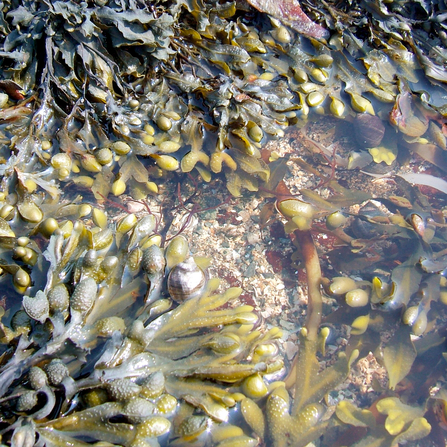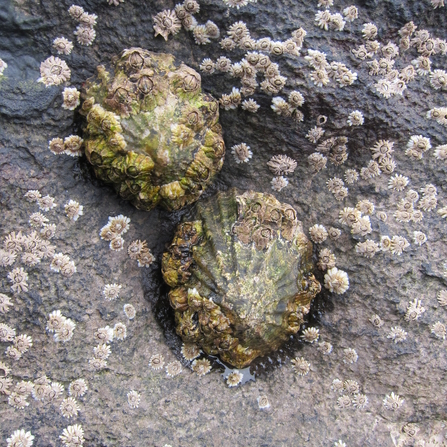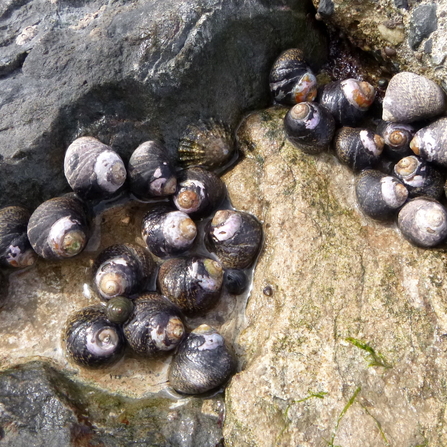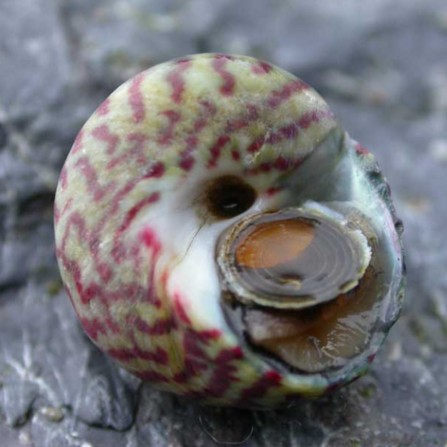This year’s National Marine Week theme is “Sea the Connection” and we’ll be highlighting how as an island nation we are all closely connected to the sea and why a healthy thriving marine environment matters.
Want to learn more about seashore species?
If you head to your local seashore during the summer, why not look out for these intertidal creatures, photograph them and use iNaturalist to identify, record and upload your finds. We still have very few records for the Somerset coast and we need help from citizen scientists to build up a better baseline picture of species.
If you're super keen, We have already mapped out the key intertidal habitats (bioptopes) and you can explore our map by clicking below.
Explore the intertidal habitats map
Are you ready?
There are 6 intertidal species we are particularly keen for you to find, but any discoveries common or rare are welcome.
NB: Only photograph and record living specimens that have not been washed in from other beaches or other areas of the shore.







